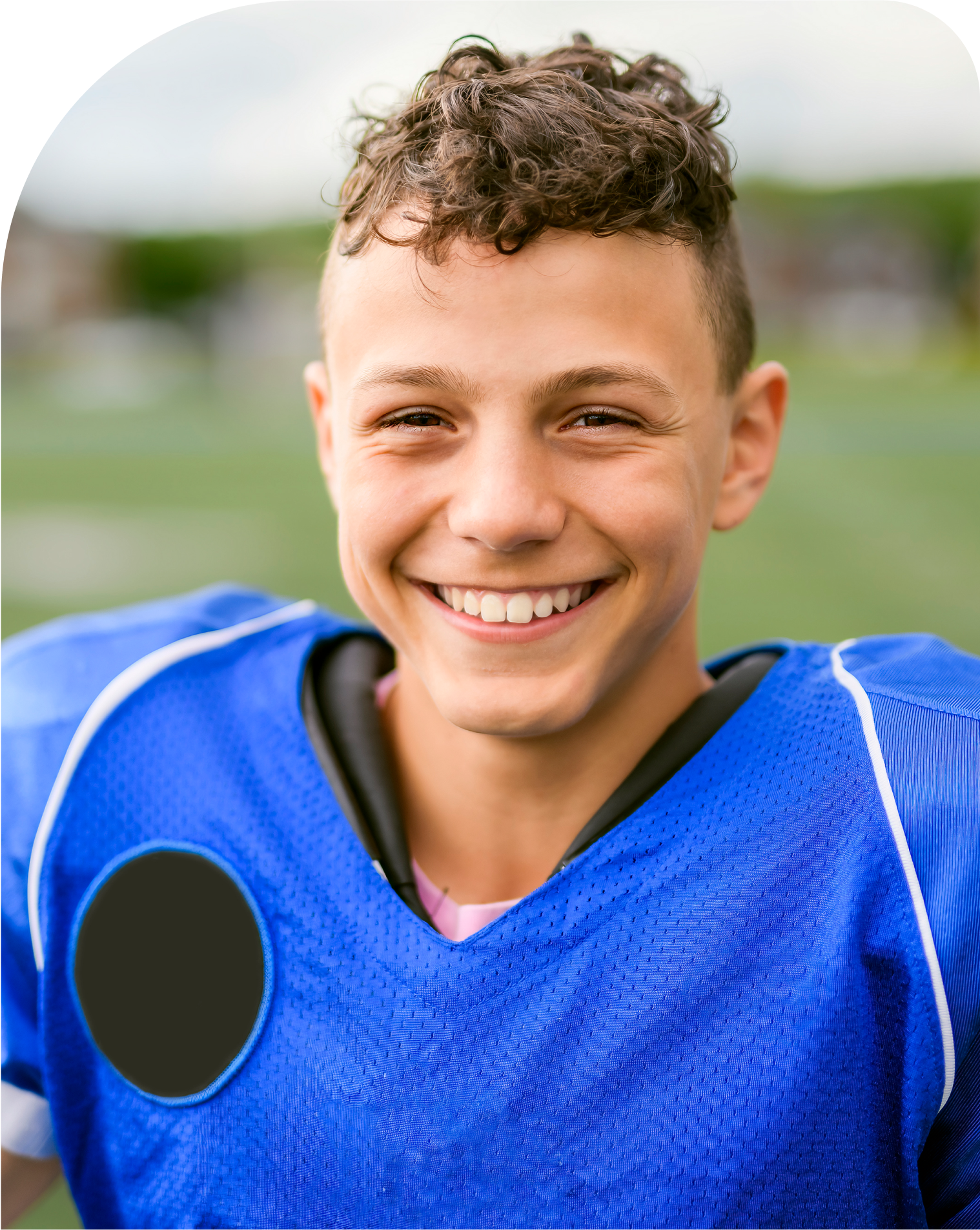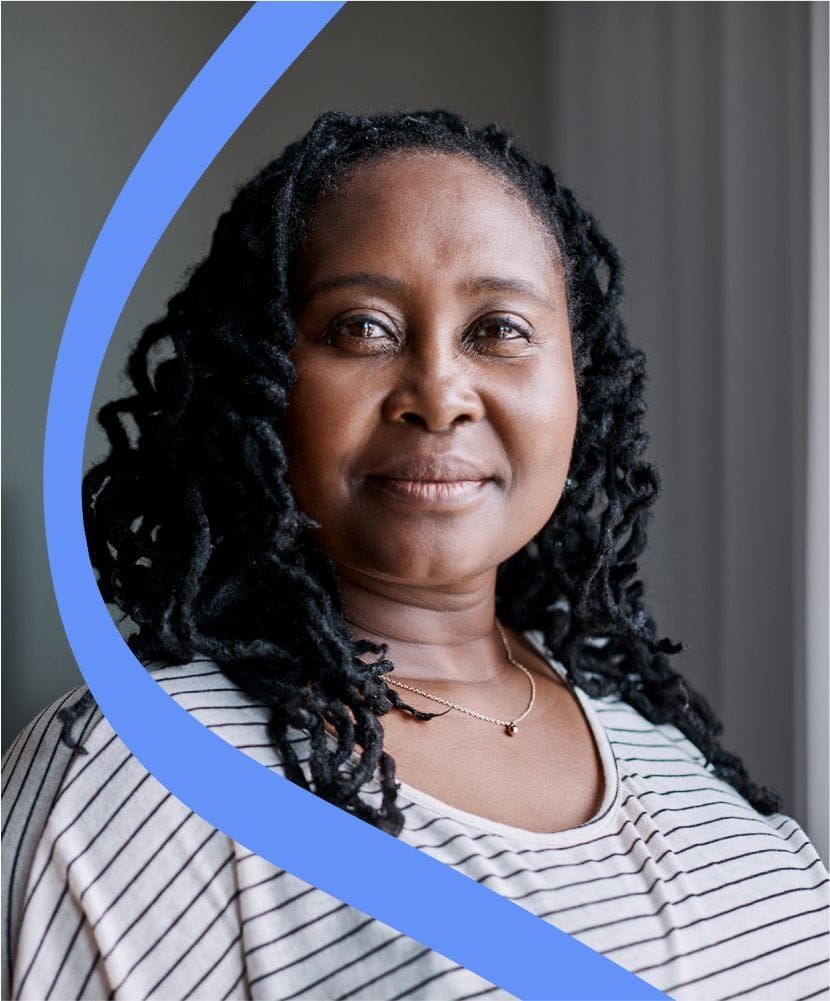Facts and statistics about eating disorders in athletes:
- Athletes have 2 to 3 times the risk of developing an eating disorder as compared to their non-athlete peers.¹
- Over one-third of female Division 1 NCAA athletes reported attitudes and symptoms that put them at risk for anorexia.²
- Youth athletes with disordered eating are twice as likely to sustain a sports-related injury.³
- A study of elite and pre-elite female athletes found that 80% had symptoms of relative energy deficiency in sport (RED-S), which is a group of symptoms that occur when calorie intake is too low to meet demands of training and daily living.⁴
- Studies have shown that roughly half of adolescent athletes, across genders and sports, suffer from inadequate calorie intake, or 'low energy availability' (LEA).⁵

Many eating disorder red flags are considered normal or even praised in athletic circles. This includes disordered behaviors like restrictive eating, excessive exercise, and frequent weight checks, as well as physical symptoms like irregular or delayed periods, overuse injuries, and slowed heart rate.
On top of all the above, athletes might also be discouraged, either explicitly or implicitly, from seeking help when they’re struggling. They may be held back by shame or a sense of loyalty or obligation to their coach and teammates, or they may simply be unaware that their food- and body-related thoughts are disordered. Treatment accessibility is also an issue for many athletes, as getting treatment for their eating disorder might mean being removed from their sport and losing life-altering opportunities like a sponsorship or scholarship.
At Equip, we believe that engagement in sports can be an integral part of treatment and an important asset for patients’ recovery. We support patients’ passion for their sport and their goal of returning to competition.
We look at many different factors—including medical safety, emotional wellness, and recovery progress—to help determine how and when sports fit into a patient’s recovery journey. Once a patient has received both medical and behavioral clearance, the provider team and patient work together to gradually reintroduce physical activity in a way that's both safe and sustainable.
This might mean starting with lower-intensity movement like yoga or walks, which can gradually be ramped up. Given this approach, athletes may may need to pause participation in their sport initially, before working towards returning to their sport.
If you’re worried about an athlete in your life, the best first step is usually to have a conversation. Find a quiet moment to talk one-on-one, and approach them from a place of curiosity, using “I” statements. Avoid making accusations or assumptions. It might be helpful to share specific examples around your concerns (for instance, “I felt concerned when you kept training even though you were injured and in pain.”).
Connecting them with specialized medical, psychological, and nutritional support is another instrumental way to support an athelte who's struggling. Support groups, expert guidance, and other resources designed specifically for athletes with eating disorders can help them feel less alone and ensure the best possible outcome and a safe return to their sport.
There are a few reasons that athletes are more likely to develop eating disorders. For one, the same temperament traits and qualities that often lead athletes to excel in their sport can also be risk factors for developing an eating disorder. These qualities include:
- Competitiveness
- Perfectionism
- Extreme focus on performance
- The grit required to push through discomfort
- The drive to continually improve performance
In athletic communities, there can also be a focus on achieving and maintaining a certain physique in order to perform at the highest level. This focus places intense pressure on athletes to meet unrealistic shape-, weight-, and diet-related expectations, which can fuel an eating disorder. Additionally, certain disordered behaviors—like compulsive exercise or rigid rules around food—can sometimes be praised as "discipline" or "commitment" in athletic circles. Factors like public weighing, tight-fitting uniforms, and sports with different weight classes (like wrestling) can also contribute to eating disorder risk.In athletic communities, there can also be a focus on achieving and maintaining a certain physique in order to perform at the highest level. This focus places intense pressure on athletes to meet unrealistic shape-, weight-, and diet-related expectations, which can fuel an eating disorder. Additionally, certain disordered behaviors—like compulsive exercise or rigid rules around food—can sometimes be praised as "discipline" or "commitment" in athletic circles. Factors like public weighing, tight-fitting uniforms, and sports with different weight classes (like wrestling) can also contribute to eating disorder risk.In athletic communities, there can also be a focus on achieving and maintaining a certain physique in order to perform at the highest level. This focus places intense pressure on athletes to meet unrealistic shape-, weight-, and diet-related expectations, which can fuel an eating disorder. Additionally, certain disordered behaviors—like compulsive exercise or rigid rules around food—can sometimes be praised as "discipline" or "commitment" in athletic circles. Factors like public weighing, tight-fitting uniforms, and sports with different weight classes (like wrestling) can also contribute to eating disorder risk.
Relative energy deficiency in sport (RED-S) is a serious condition that’s common in both athletes and people struggling with eating disorders. Put simply, RED-S is when a person doesn’t eat enough to refuel and renourish their body after physical activity. This can happen when an athlete doesn’t adequately increase their caloric intake to match their training intensity, or when someone with an eating disorder continues to exercise compulsively despite restriction.
RED-S can have serious complications, including:
- Delayed or stunted growth
- Poor bone health
- Impaired immune system
- Metabolic issues
- Gastrointestinal issues
- Low heart rate
- Anxiety
- Depression
- Inability to focus
- Disrupted hormones
There’s a lot of overlap between RED-S, eating disorders, and disordered eating, but it’s important to note that not everyone with RED-S has an eating disorder, and not everyone with an eating disorder experiences RED-S. Learn more about RED-S on our blog.
- Sport-specific nutrition education
- Expert guidance around navigating shifts in nutrition requirements as patients go through the renourishment process and change their training volume
- Therapeutic support around challenging the athletic aesthetic myth, respecting and listening to your body, advocating for your recovery, redefining your relationship with exercise, and other common psychological struggles
- Injury prevention education
- Monthly athlete education groups and process groups for patients and their support system, led by people with expertise in eating disorders and athletics
- Close collaboration with the athlete’s “village,” which may include their training team and coaches, student health and counseling personnel, and others, in addition to family








